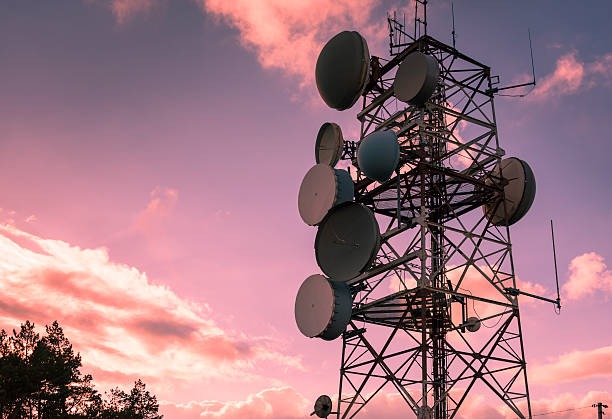The Rise of Microwave Connectivity: Transforming Communication in the Modern Era


Introduction to Microwave Communication Systems
The rise of microwave connectivity has brought profound changes to how we communicate and interact with technology. A microwave communication system utilizes high-frequency radio waves to transmit data over long distances, making it an essential component in modern telecommunication frameworks. In recent years, its impact has been felt across various sectors, including business, healthcare, and personal communications.
The Evolution of Microwave Connectivity
The journey of microwave connectivity began in the mid-20th century, mainly with the advent of radar technology during World War II. Soon after, commercial applications took off, leading to the establishment of microwave relay networks for telephone and television broadcasts. Over the last decade, advancements in technology and infrastructure have made microwave systems increasingly prevalent. With little delay, the advantages of these systems have redefined connectivity across urban and rural landscapes alike.
The Benefits of Microwave Communication Systems
One of the primary advantages of microwave connectivity is its ability to cover vast distances without the need for excessive physical infrastructure, which is often a limitation in traditional wired communication methods. Fixed microwave links require fewer transmission stations compared to fiber-optic systems, which can lead to significant cost savings. Additionally, microwave communication is less susceptible to interference from environmental factors, making it a reliable choice for data transmission.
Moreover, the speed at which data can be transmitted via microwave technology significantly contributes to the efficiency of services. In an increasingly connectivity-driven world, this ensures that businesses can operate smoothly and individuals can interact seamlessly without the frustration of slow connectivity.
Impact on Daily Lives
The influence of microwave communication systems extends beyond mere convenience; it has revolutionized the way we conduct our daily activities. Industries ranging from telecommunications to entertainment have integrated microwave technology to enhance service delivery. For instance, remote areas that previously struggled with minimal internet access can now enjoy reliable broadband connectivity, paving the way for new opportunities in education and telecommuting.
As technology continues to evolve, the potential applications for microwave systems will likely expand even further. From smart cities equipped with IoT devices to automated systems in manufacturing, the integration of microwave connectivity fosters innovation and efficiency across multiple domains.
Conclusion
In conclusion, microwave communication systems have emerged as a foundational technology in our interconnected world. Their ability to facilitate high-speed data transmission over unclear terrains has transformed our living and working environments in remarkable ways. As we navigate through an era defined by rapid technological advancements, the ongoing evolution of microwave connectivity is sure to shape the future of communication for generations to come.
CONTACT US:
203, 26th July St., Sphinx Square, El Mohandeseen , Cairo, Egypt
Mobile : +20 1028905553
Email : info@im-dsl.com
